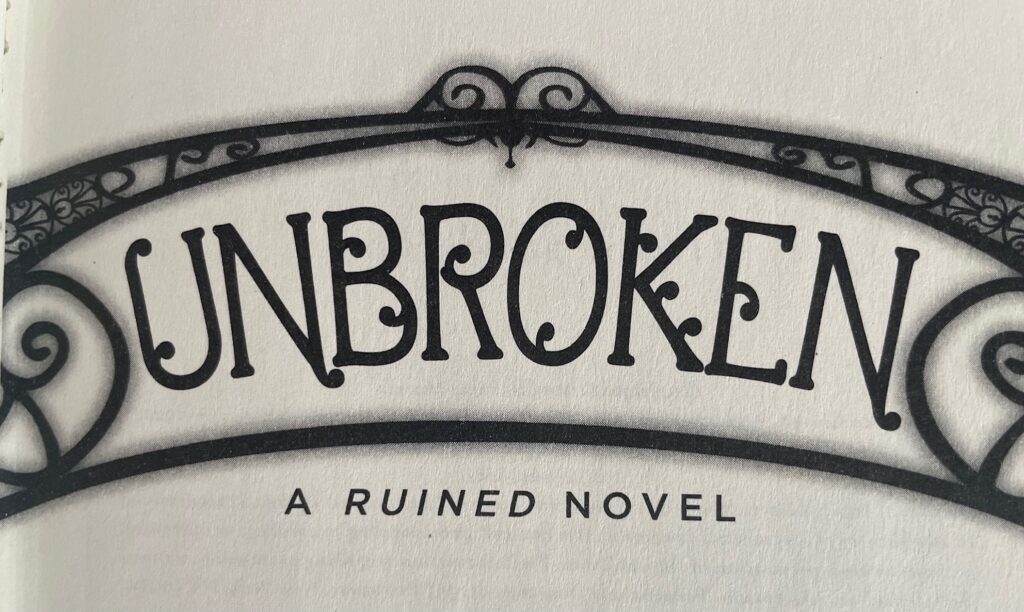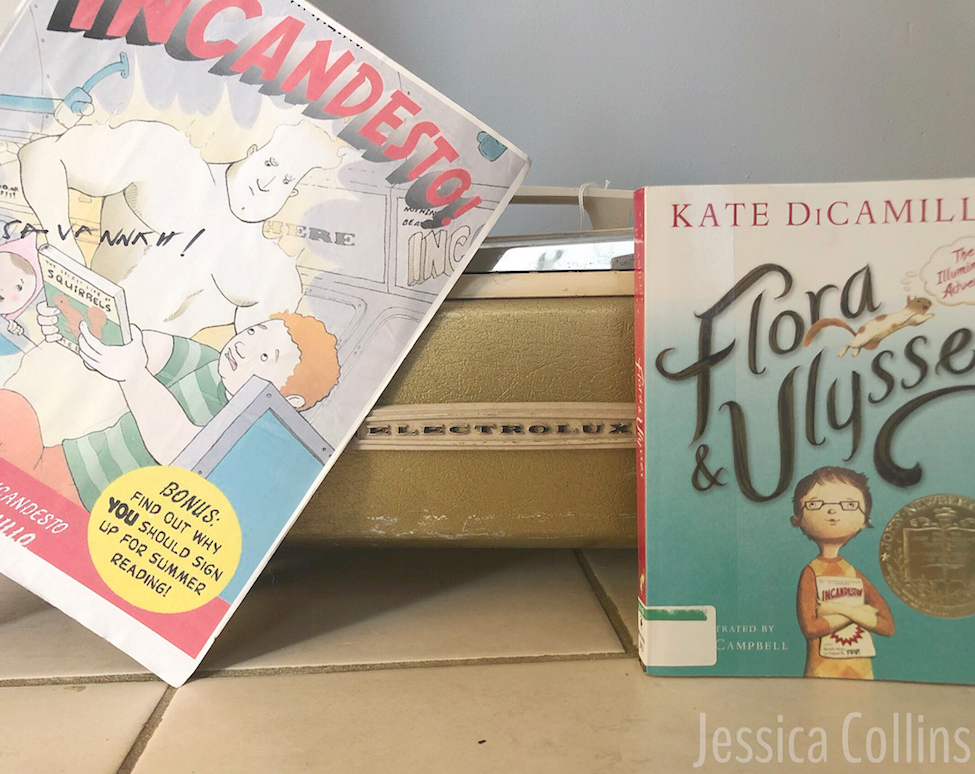
“One if by land, two if by sea.” These famous words from the Longfellow poem immediately remind us of that famous ride of Paul Revere to warn that the British were coming. As a child I heard the story of that midnight ride and how important it was at a time when there weren’t phones or internet or any easy way to spread an emergency message.
Another rider also took off through the night, but her story doesn’t get told as often. On the night of April 26, 1777, young Sybil Ludington rode through the night to call the troops to fight the British at Danbury, CT (State Education Department 1935). Her historic ride covered nearly 40 miles through the Hudson Valley to tell the troops to meet her father in the morning to fight the British troops in nearby Danbury.
Growing up, I never heard of Sybil or her historic ride so I was captivated when my children came home from school years ago, sharing her story with me. This weekend marks the 247th anniversary of the Battle of Ridgefield and Sybil’s midnight ride so I thought I would share a few great books to learn more about this local heroine.
Sybil Ludington’s Midnight Ride (On My Own History) by Marsha Amstel
Sybil’s Night Ridge by Karen B. Winnick
Sybil Ludington: Revolutionary War Rider (Based on a True Story) by E. F. Abbott

I’ve mentioned before how transformative it can be for young readers when the story overlaps into their own world. Reading local history and being able to visit the locations can make the story feel more “real.” After reading the books above, there are several great local places to visit. There are statues and history markers nearby that recount Sibyl’s ride. Readers can visit the statues outside the Danbury library and in Carmel as well as historic markers in Ludingtonville and Carmel. We visited several locations and it put into perspective just how far this young heroine rode through the night and how important and brave she was.









